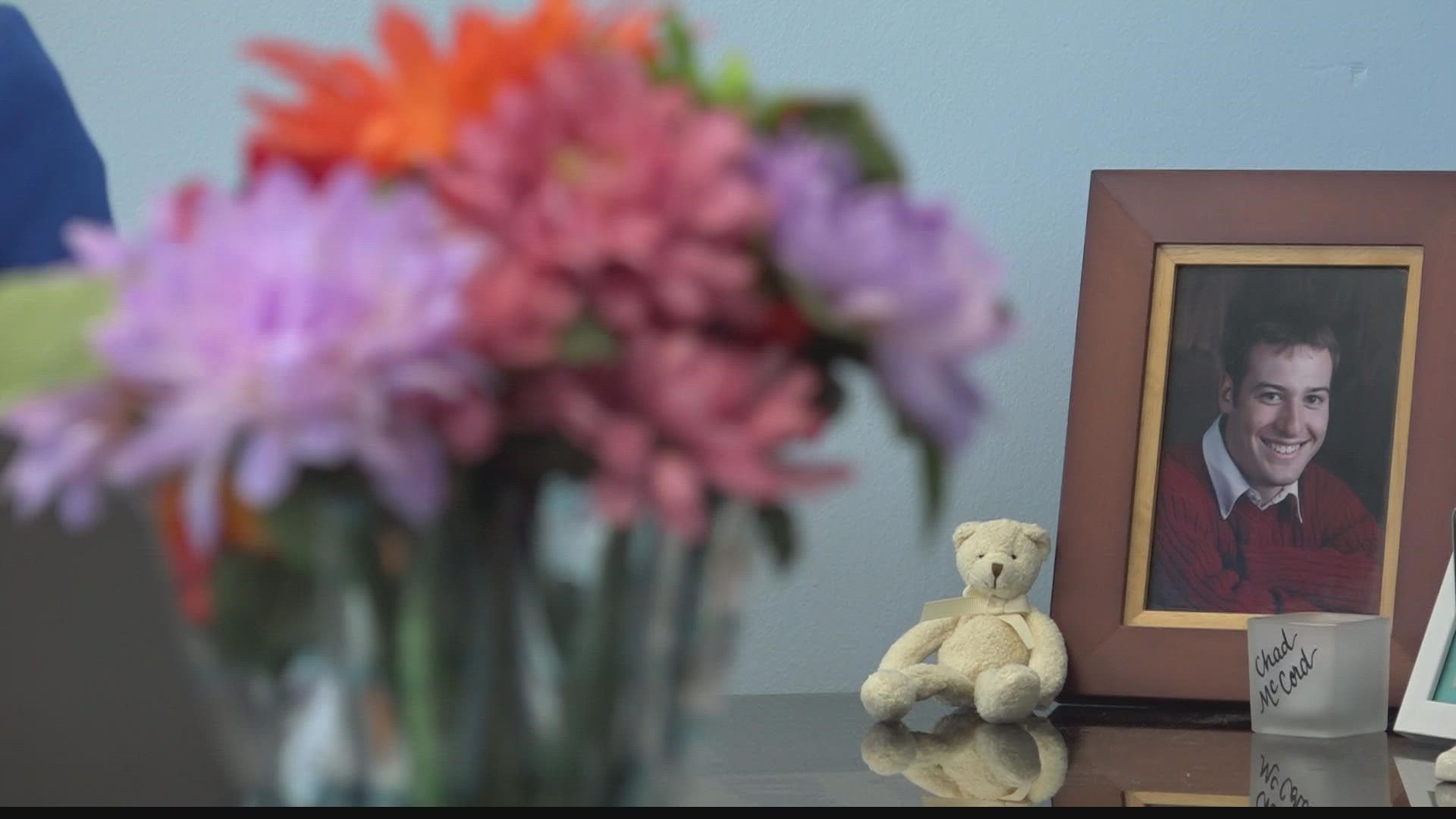ST. LOUIS — A three-digit code, 988, is set to launch as the new National Suicide Prevention Lifeline.
It's quicker and easier to access with the potential to help thousands of people struggling.
The official launch date is July 16, but that 988 number has already been up and running for a few months.
Each state is carrying out this rollout in its own way.
Missouri is taking a regional model, working with six partners who will be handling all the calls, with one focusing on the text line.
Behavioral Health Response (BHR) is one of the partners helping answer calls.
Since 1995, BHR has helped crisis callers and now it handles 18,000 to 20,000 calls every month.
Chief Clinical Officer Dr. Bart Andrews said Missouri is beyond prepared and the calls BHR has been seeing are increasing every month by 5%.
This is because of its statewide response stemming back to 1994.
"Missouri has been one of the progressive and robust crisis systems since 1994, when the Access Crisis Intervention system was created. Every county is covered by a crisis team," Dr. Andrews said.
This means Missouri was already well positioned to create a 988 system with its Access Crisis Intervention system as its base.
How will it work?
When you dial 988 in Missouri, your call will be routed to the closest 988 center based on your phone number.
If someone is calling the 988 number in the area, Dr. Andrews said about 25% to 30% of the calls are someone experiencing a suicide crisis.
That's a jump from its general crisis line number, which is 10%.
BHR will handle the Eastern Region of Missouri, which covers St. Louis, St. Louis County, Jefferson County, Iron County, Washington County and St. Francois County.
St. Charles and the surrounding areas will be covered by Compass Health.
When someone calls, Dr. Andrews said, you will receive a warm, caring response by a mental health professional.
The provider will also share the limits of confidentiality and they'll ask what’s going on and the reason for the call.
From there, they'll ask how they can help and that the caller can have a safe space to talk.
"Be prepared to talk about suicide," Dr. Andrews said.
The goal is to answer the call in 30 seconds.
If your locally designated 988 call center is overwhelmed and can't get to you immediately, that call will automatically be re-routed to a national backup crisis center.
There are 12 across the country.
One of the biggest roles of the crisis system is to keep people away from law enforcement or hospitals unless it's absolutely necessary.
"Less than 1-2% of calls end up with a hospital or law enforcement response," Dr. Andrews adds.
Plus, there is a specialized team designated to do outbound calls.
There is a follow up call usually the next day.
The acceptance rate for those calls are around 80-90%.
A clinician will ask how the referrals went.
Will the original number still work?
Yes.
The National Suicide Prevention Lifeline can still be reached by calling 1-800-273-8255, but the 988 number makes it quicker to call or text.
"It makes it so much easier to communicate, it's so much easier to remember and the research shows when people are in a crisis state, one of the first things that goes is their ability to remember," Dr. Andrews said.
The increase in support
Dr. Andrews said they are seeing a spike in suicide thoughts, attempts and death in the Missouri region.
In 2021, BHR gathered data and it shows the numbers have gone up 3% for youth compared to 2020 when it comes to thoughts about suicide.
This comes on the heels of the U.S. Surgeon General issuing an advisory on youth mental health crisis at the end of 2021.
In early 2021, compared to the same time period in 2019, emergency room visits for suicide attempts in the US rose 51% for adolescent girls.
Pediatric groups declared children's mental health crisis a "national emergency" in October. The groups include the American Academy of Pediatrics, the American Academy of Child and Adolescent Psychiatry and the Children’s Hospital Association, which represents over 77,000 physicians and over 200 children's hospitals.
Locally, SSM Health Cardinal Glennon Children's Hospital saw an increase in mental health emergencies go up to 48.32% in 2021 compared to 2020, and an increase of 28.34% in 2021 compared to 2019.
As for St. Louis Children's Hospital Emergency Department, the volume of behavioral health visits also increased.
- 2019 - 1,127
- 2020 - 1,143
- 2021 - 1,936
- Jan-April 2020 - 720, it was 647 compared to the same time period the year prior
What's next?
Dr. Andrews said this is just the beginning.
"The kick-off date is the beginning of '988' and the start of the work. This is the beginning of the creation of a very robust crisis system," he added.
By December, he expects the state to answer at least 90% of the calls from inside the state.
And a year out, that will bump up to more than 90%, so it won’t need to roll over into other areas for that much support.
The goal is to make sure each person gets the helping hand they need.
"People who call the lifeline report that it's a significant factor in keeping them safe and reduce their risk and would not have been able to stay alive if they didn't have that immediate crisis support. It does save lives," Dr. Andrews said.
He also said geolocation could be in the works and could locate where you are rather than relying on the area code.
Dr. Andrews also shares that currently, they have 30-40 people in the hiring process and expect to double that number in hires.
If you're interested in applying, four years of work experience in education in behavioral health is required. A master's degree is not.
Click here for career opportunities at BHR.

